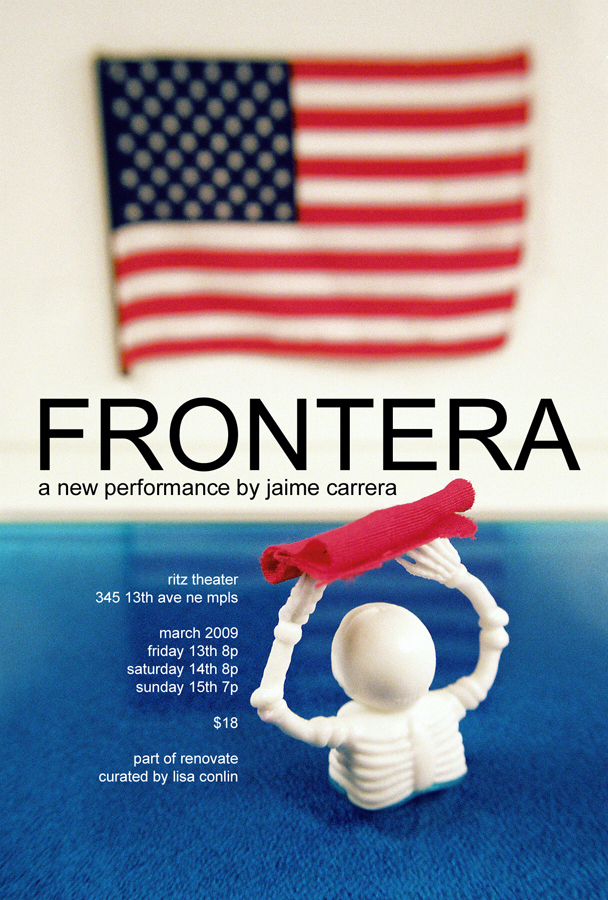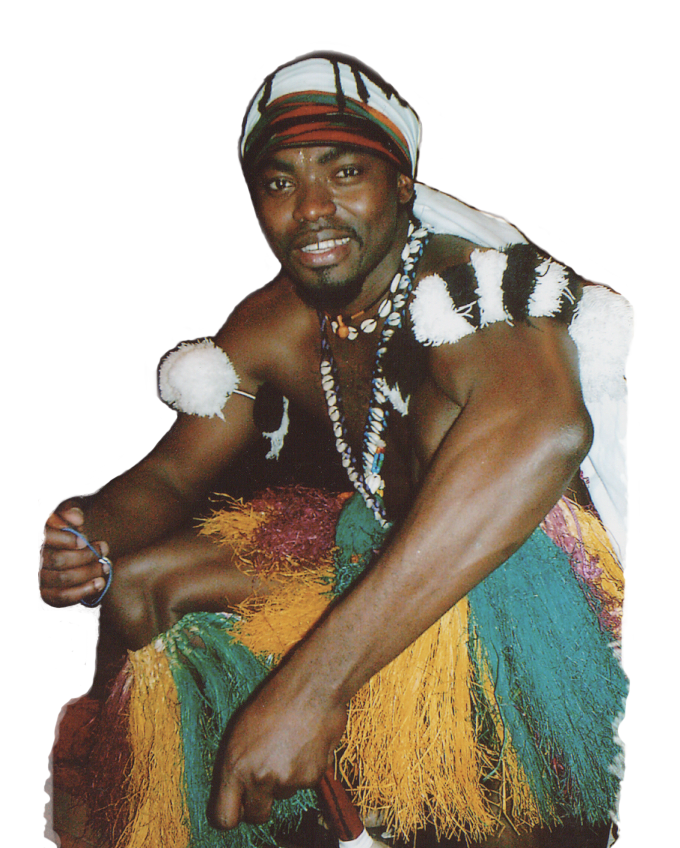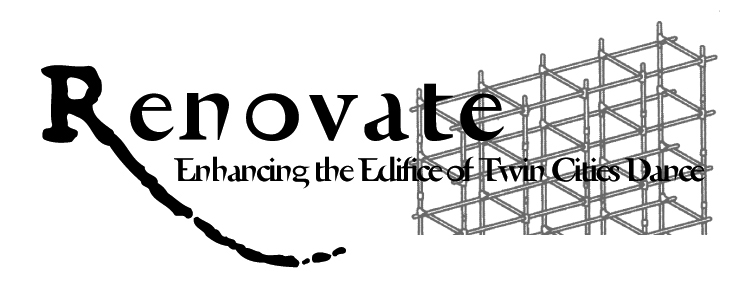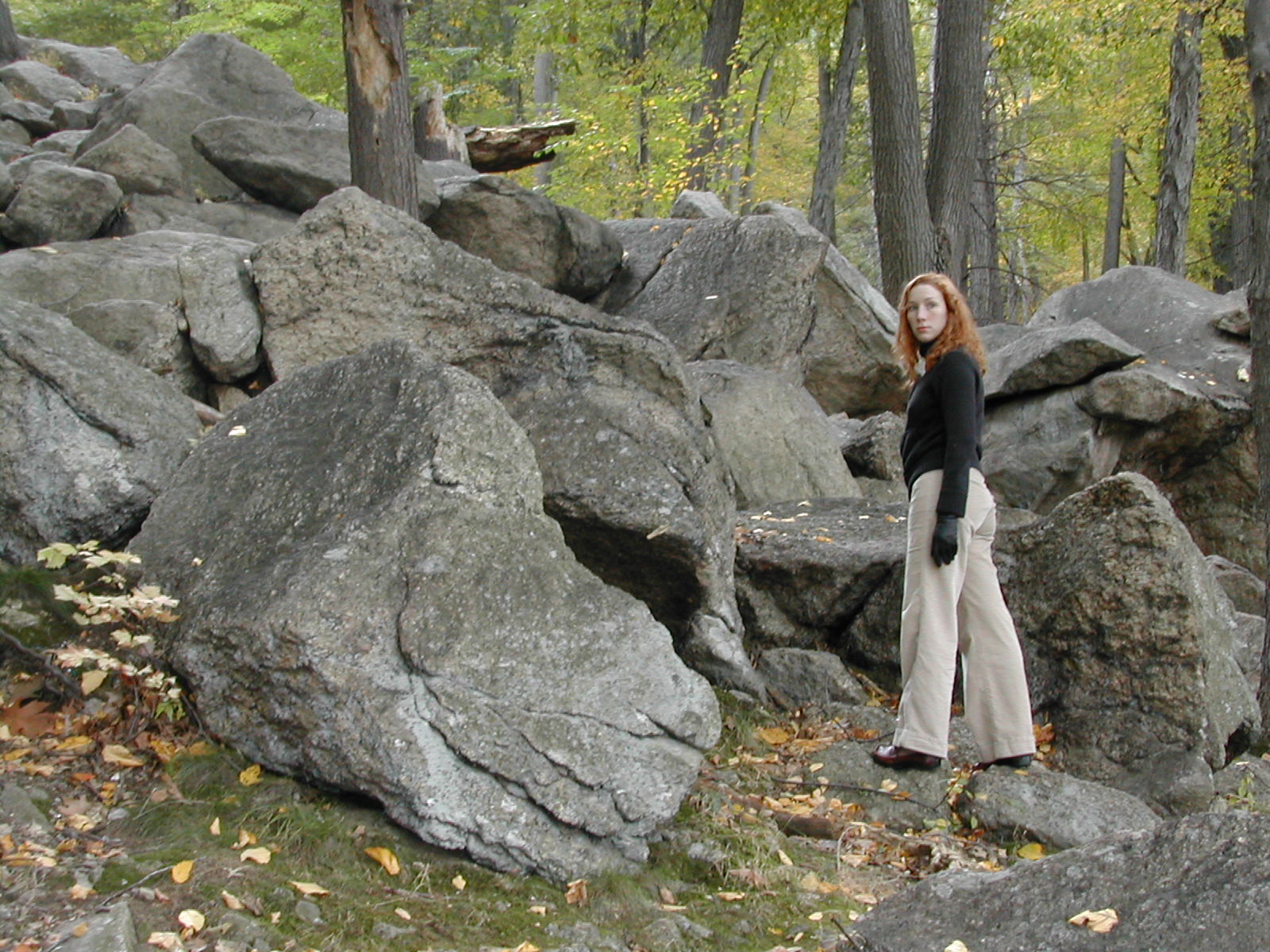“Renovate” Makes Good on the Promise of Novelty and Shine
Dance critic Lightsey Darst probes beneath the shiny surfaces of the new works performed in the recently staged "Renovate" dance showcase. In addition to an abundance of novelty, she found a few surprises with unexpected depths yet to fathom.






“RENOVATE,” THE TITLE OF LISA CONLIN’S CHOREOGRAPHIC SHOWCASE, promises new energy–an apt promise for this time of year and these years. Conlin (with the aid of panelists Penelope Freeh and Uri Sands) certainly delivers on the new: not only does she mostly avoid the usual suspects, she doesn’t even establish her own orthodoxy. So each piece arrives with a pleasing frisson of “figure-me-out.” So far, Renovate delivers. But if novelty is one side of a showcase’s success, I still want to find a few pieces that are more than simply different–that surprise beyond the surface.
Renovate starts with a bang–a bright smear of hip-hop (choreographed by Lisa Berman and Carlos Garcia) that features a crew bounding and grinning and mugging and doing the crossed-arms pout to “Everyday People.” Are they for real? They’re so layered up in Target sweats I expected a striptease; and that obligatory crotch-grab? Please. Who knew you could be a hip-hop geek? Still, they do the usual spinning deal, human tornado looky-what-he-can-do, plus bump and boogie and twitter from the ladies, some of it with real finesse.
Estevan Esparza and Pam Plagge’s “Lucumi” provides another bright swatch of dance. “Welcome to vacation paradise!” their sunset-stained clothes and welcoming arms proclaim, as they shimmy and hip-switch through a Cuban dance montage. They can move and clearly like to, but I wasn’t quite feeling it. We’ve been inundated with staged partner dance lately; who can make it new?
Also in the shiny surface category was Julie Warder’s “Jammin” (as the title indicates). “Jammin” inhabits an ’80s Sharks vs. Jets kind of world–cut-off denim jackets and wrap skirts, flirting and fighting. The fighting is the best part: who doesn’t love a virtuosic boy-fight, a WWF ballet? Brian Evans and Cade Holmseth give it their best shot, lifting each other, leaping over each other, flying through the air in synchronized machismo.
Modern dance doesn’t have much truck with shiny surfaces. Instead, we get honesty and momentum, which may or may not connect to some underlying thought or feeling. Stephen Schroeder’s solo for Megan Parlanti, “Trial by Grace,” shows every gradation of modern movement, from swoopy-swishy to train wreck, in such a short time that it winds up feeling like a screen test for Parlanti. Whatever the choreography does, Parlanti passes; her concentration is so fine that she makes a sculpture of every moment, so intent that her every weight-shift is believable.
A stranger entry comes from choreographer-dancer Bryan Gerber. With his faux-hawk and punk-industrial get-up (plus wookie legwarmer), his harmonica and back-bending “I love you” squawk, his dramatic snorting breath, and his splits in the spotlight on a high note, he had me in suppressed hysterics throughout “Finding Balance”-suppressed because I’m afraid it may all have been serious.
In “3’0’1” Marciano Silva dos Santos pursues form rather than drama. His short solo reminds me of TU Dance (a company of which dos Santos is a member), but still looks natural on dos Santos’s fluid form. Then he switches gears, and he and four other dynamos pump through a series of muscular isolations, occasionally striking on a cool new shape. It all feels like prelude for something else, like fanfare; but since dos Santos describes the work as “research,” this makes sense. I’ll be interested to see what he does when he’s done researching.
Three other works might also be described as modern dance, but I found their aesthetic sense more arresting than their genre play. Bring a Blake watercolor to life and you’d get Jim Lieberthal’s “The Bottom Fell Out… and then”-tussling Olympians in deep-dyed shades, their combat of contraries puzzlingly symbolic. Was it about race? Imperialism? Self-loathing? All of the above? In any case, it was vivid, with Ben Siems’s jagged music driving the dancers (Brian Evans, Jim Lieberthal, Debra McGee) to the edge of the stage and over.
Cathy Wright’s “Wombman” (get it?) evokes an entirely different aesthetic. She crosses a tulle-bow, pout-and-flounce, Barbie-legged girliness with an underlying reek of blood–and ends up with early Madonna, that mix of minx and sphinx, sex and hex. Wright’s bevy/coven toss and thrust in a crotch-centered haze, bits of finery flying off this way and that. It’s funny, nearly self-parodic, but Wright has latched onto something deep. And that, plus her committed performers (including dance gypsy Jennifer Mack and Xenon emeritus Christine Maginnis), keeps “Wombman” from being silly.
Lisa Conlin’s “Sisterlove” (yes, she choreographs as well as curating) is a bit of bizarrerie calling to mind a ’70s sci-fi flick, perhaps the “Birth of the Queens” scene from a Barbarella spin-off. Why are Conlin and her Ballet of the Dolls friends Heather Cadigan and Stephanie Fellner wiggling around stage in nude leotards and swaths of gauze? Their showily wide eyes (about as convincing as a fan dancer’s virginity) made me curious, but they didn’t make me any wiser.
But do we want to know the “why” of any artwork? Not exactly. There’s a beautiful and rarely-struck balance between clarity and mystery that leaves us understanding but wondering–free of confusion yet compelled to return. Two pieces in this concert at least approach that balance. Jaime Carrera’s “Frontera” is similar to the work he showed this past fall at Choreographers’ Eve–it’s a solo for himself, rising from the austerely purposeful activity of life (here, the dodges of a border crossing) to the lively intricacy of Mexican folkdance. But this time something special happens in the moment of transformation. When Carrera dons a poncho, it’s not clear for a moment who he’s become. My mind shuttled through possible meanings before I realized that Carrera is saying something new, something I haven’t heard before, about the intersection of identity, culture, movement, and secrecy.
There’s a similar nexus at the heart of Christian Adeti’s “Ganbolt Dance.” On its face, this is a smiley rhythmic trip, starting with drums, and winding up with the gumboot dance of an African gold miner. But under Adeti’s smile and rhythmic facility, something else lurks. He changes his rhythms as fast as you catch up to them; the miner’s lamp he wears shines out like a baleful third eye; he stops without warning, then starts up again. Before the crack of the next beat nails him down to safety, Adeti fills each cut-loose moment with seething, undefined energy.
Renovate certainly delivers on the surprising surfaces; it’s a fun evening, all together. But there were also a few more substantial works here that left us with new deeps to fathom, new stars to follow.
About the writer: Lightsey Darst writes on dance for Mpls/St Paul magazine and is also a poet who served as the founding coordinator of mnartists.org’s What Light: This Week’s Poem publication project.